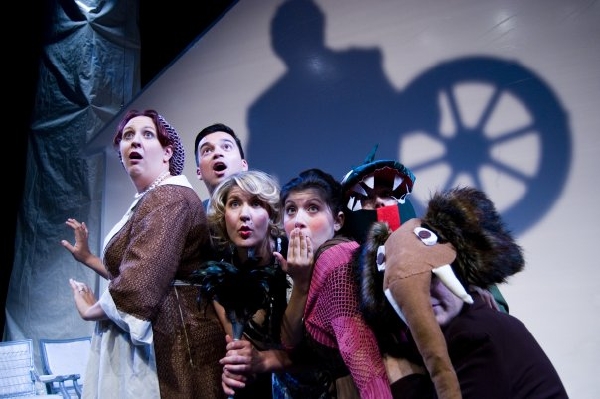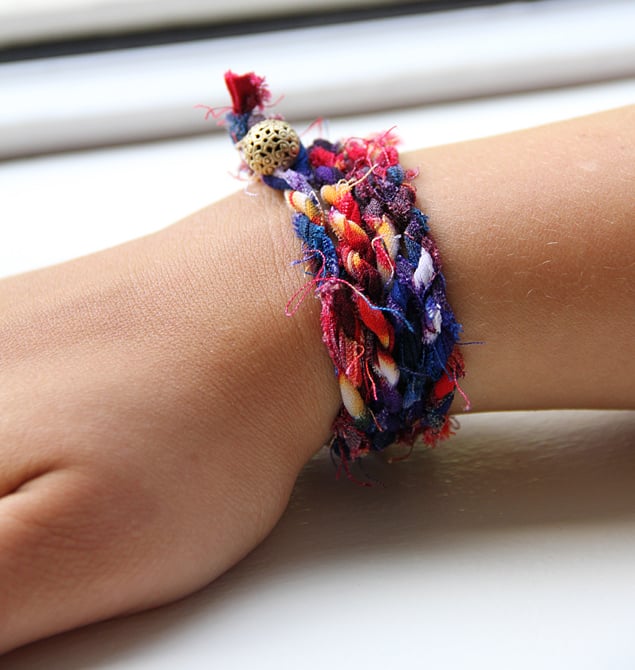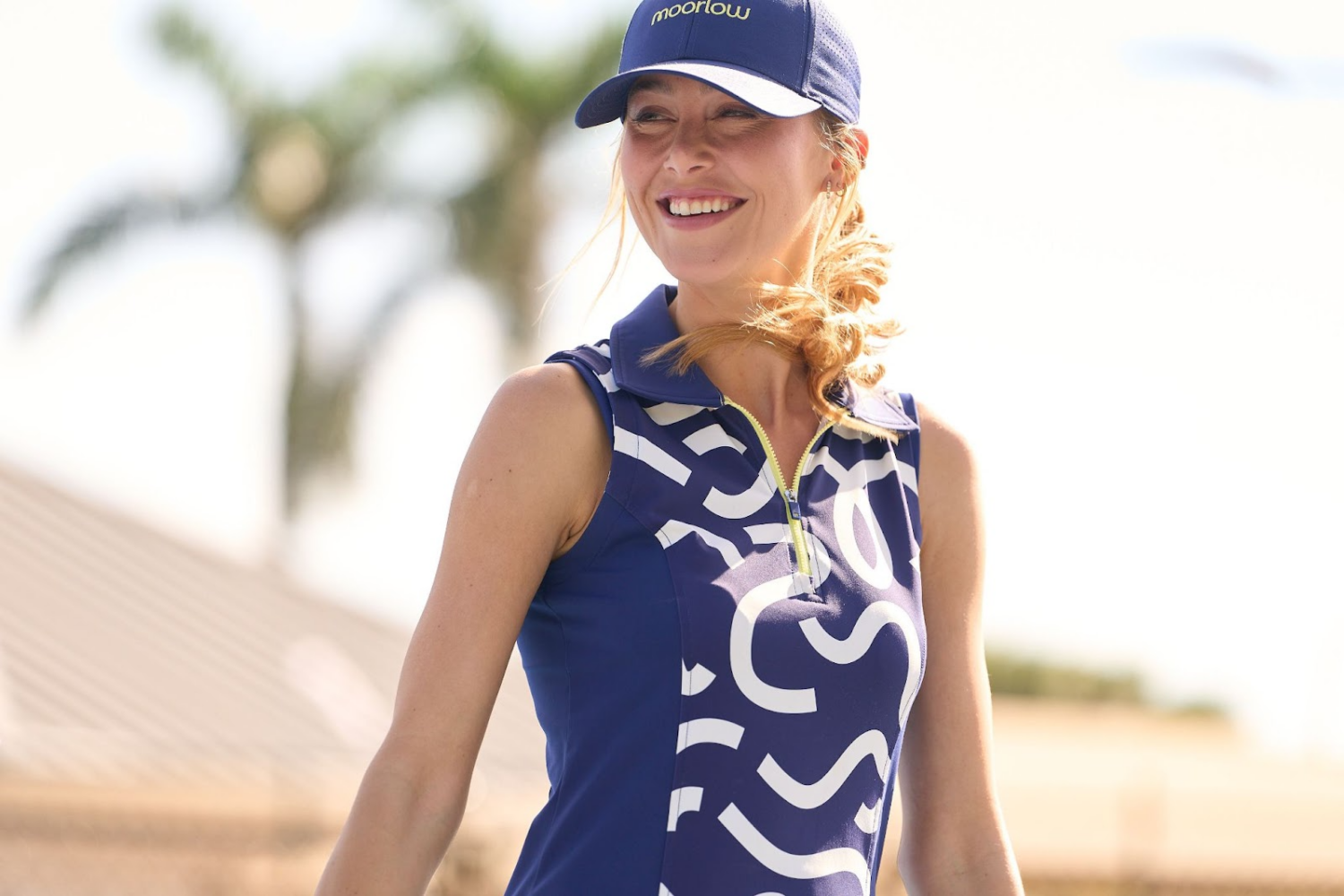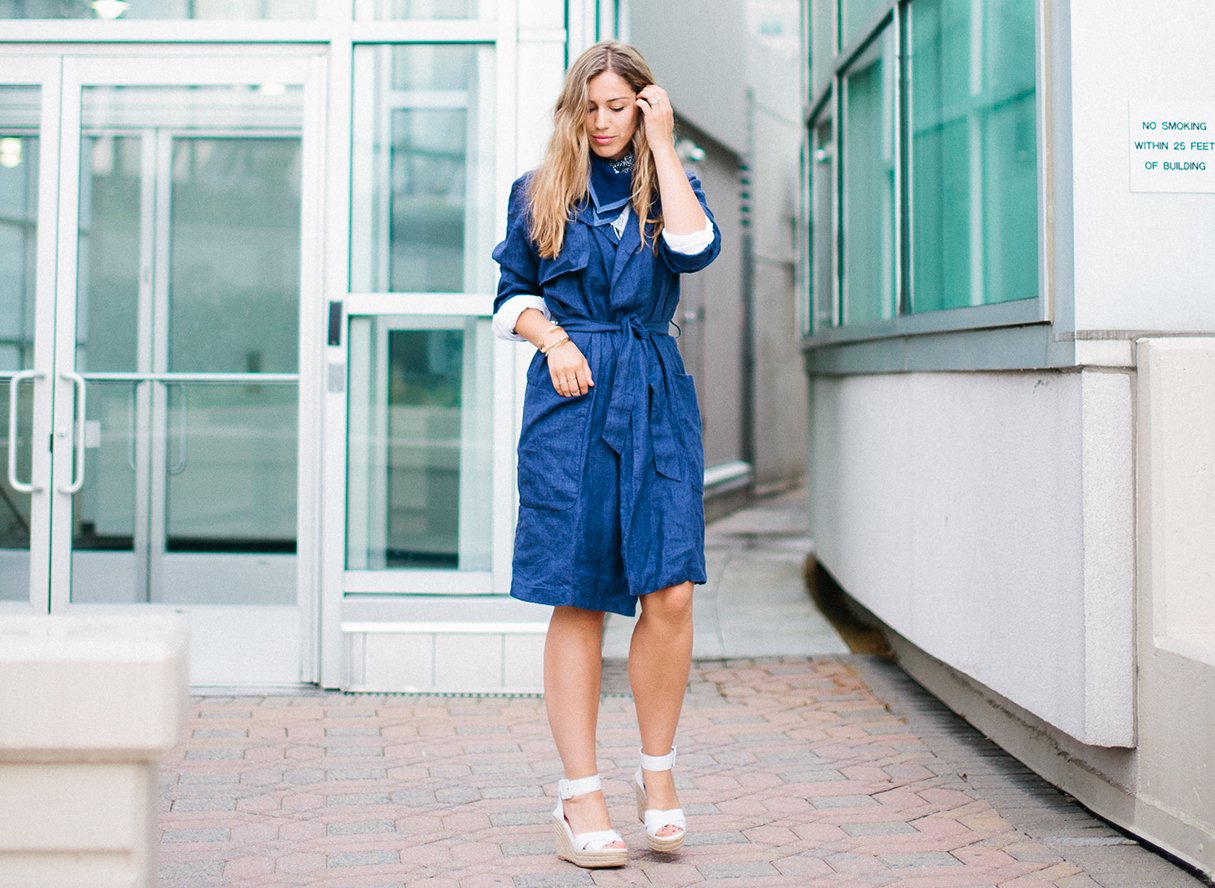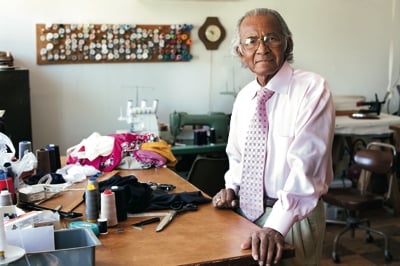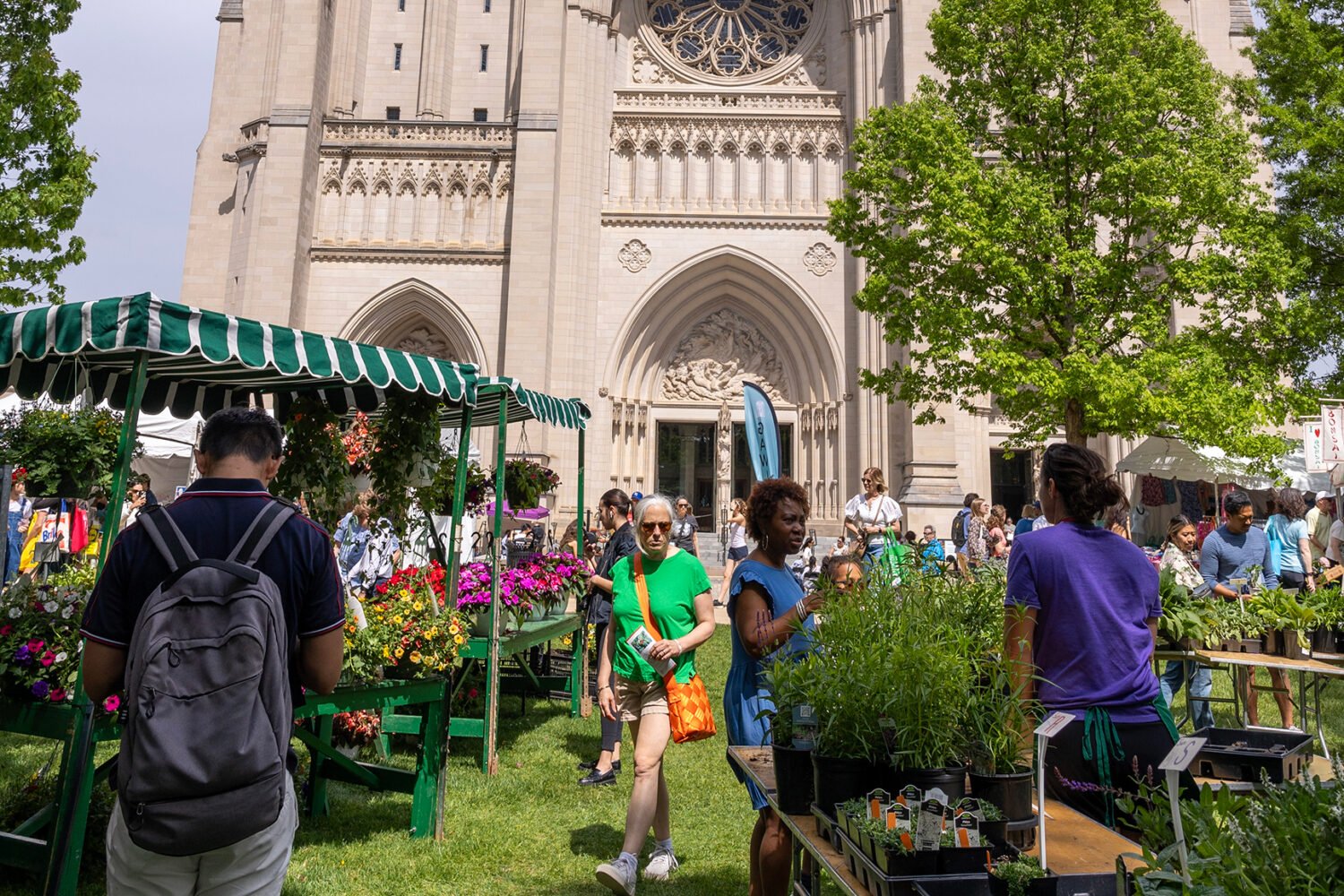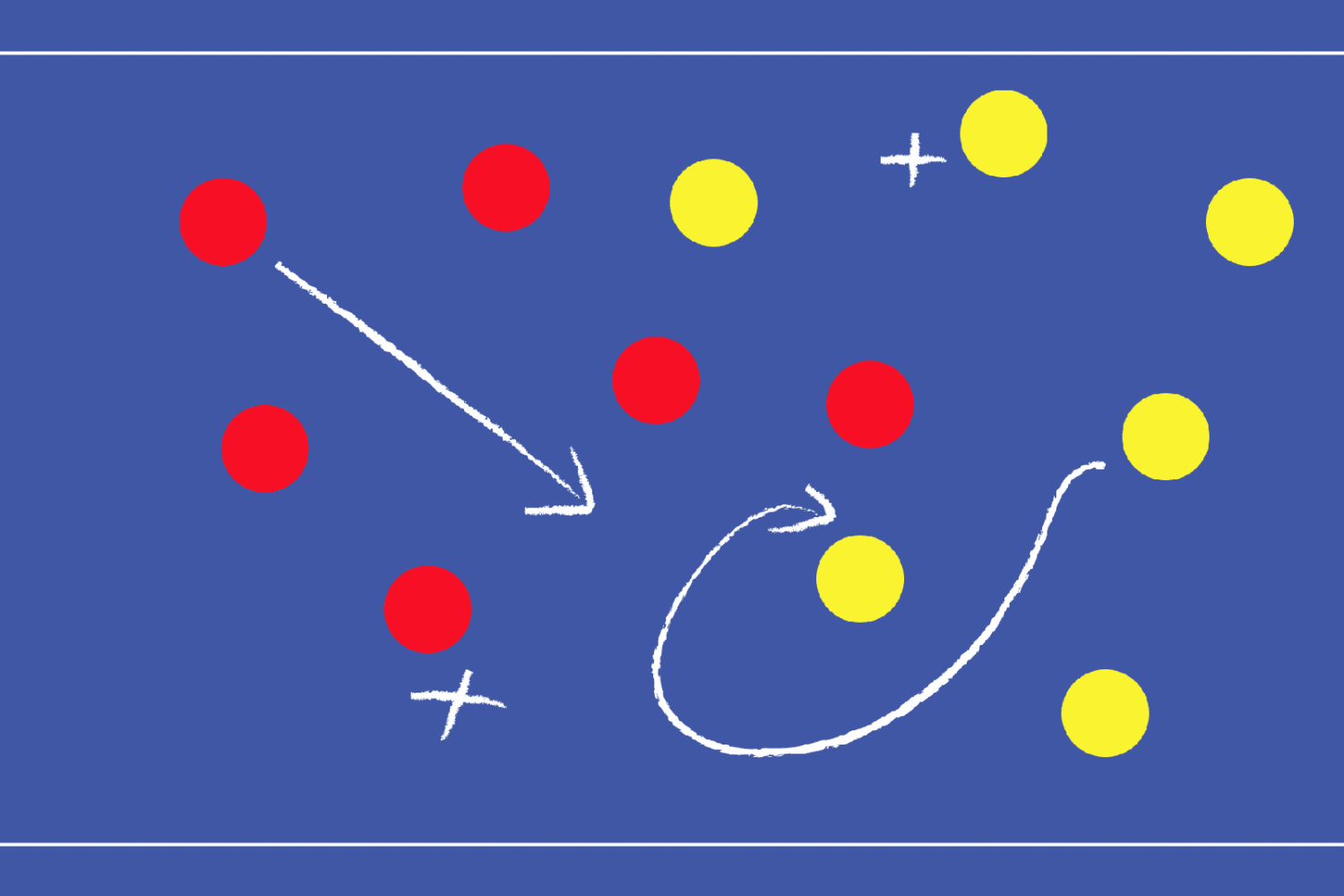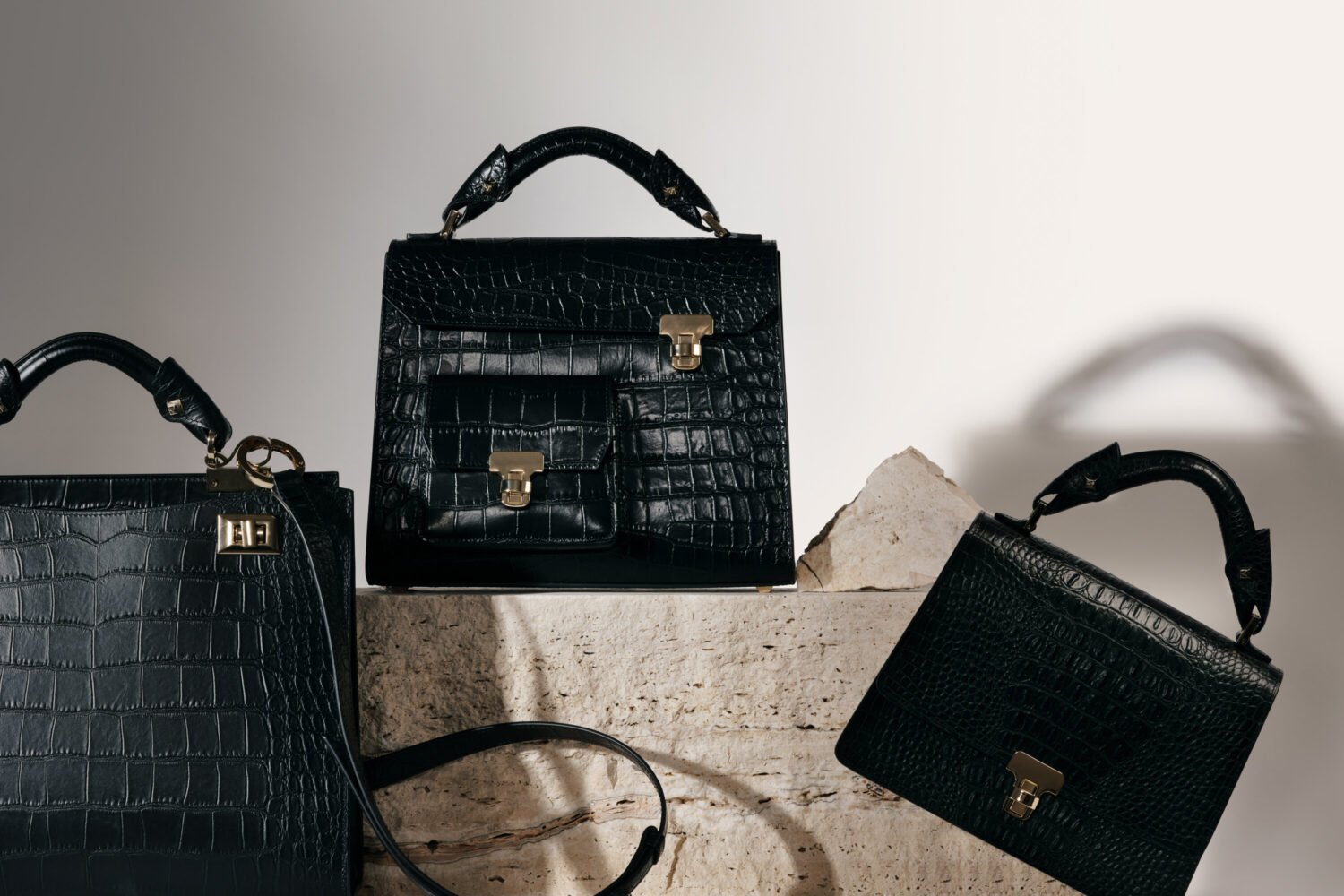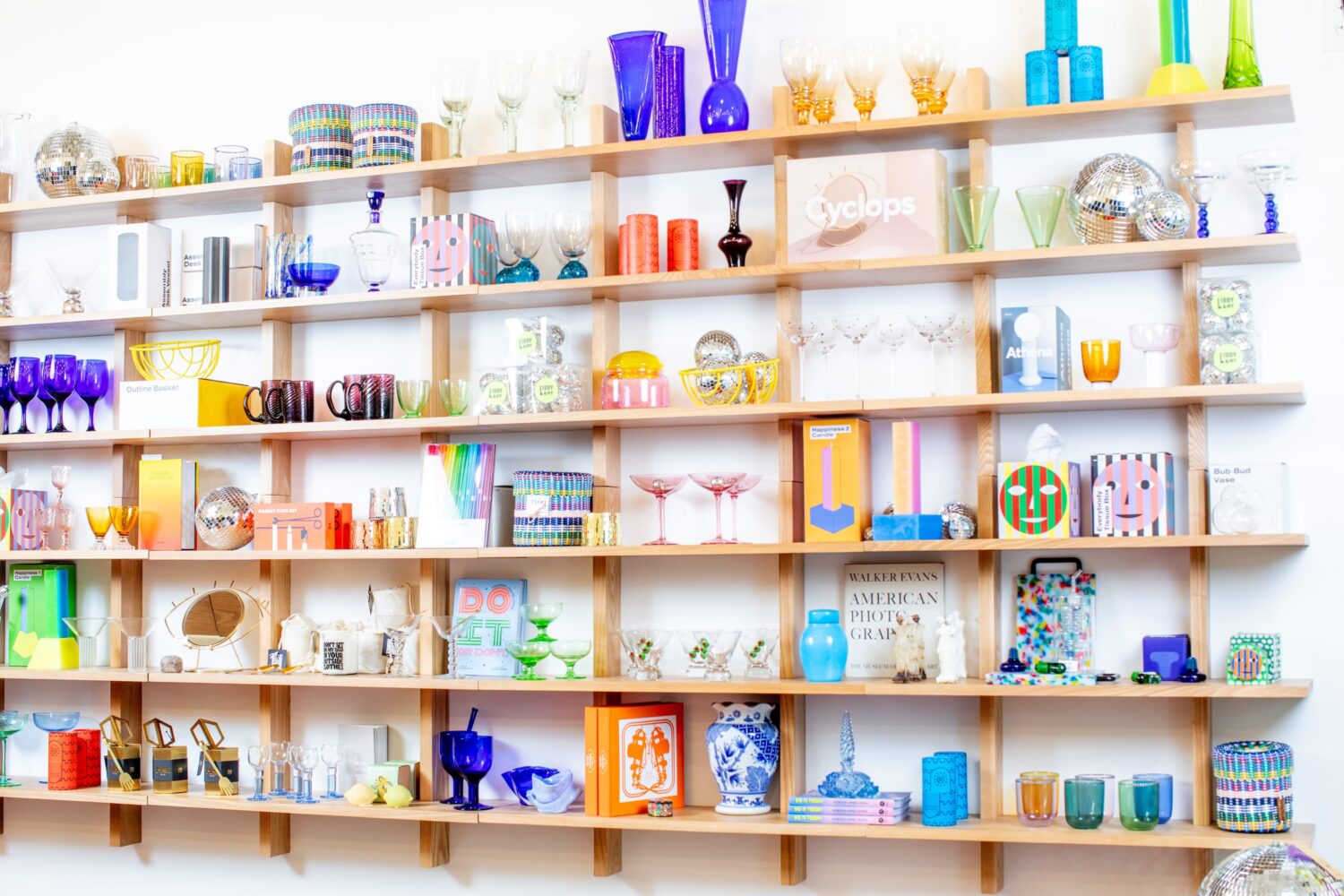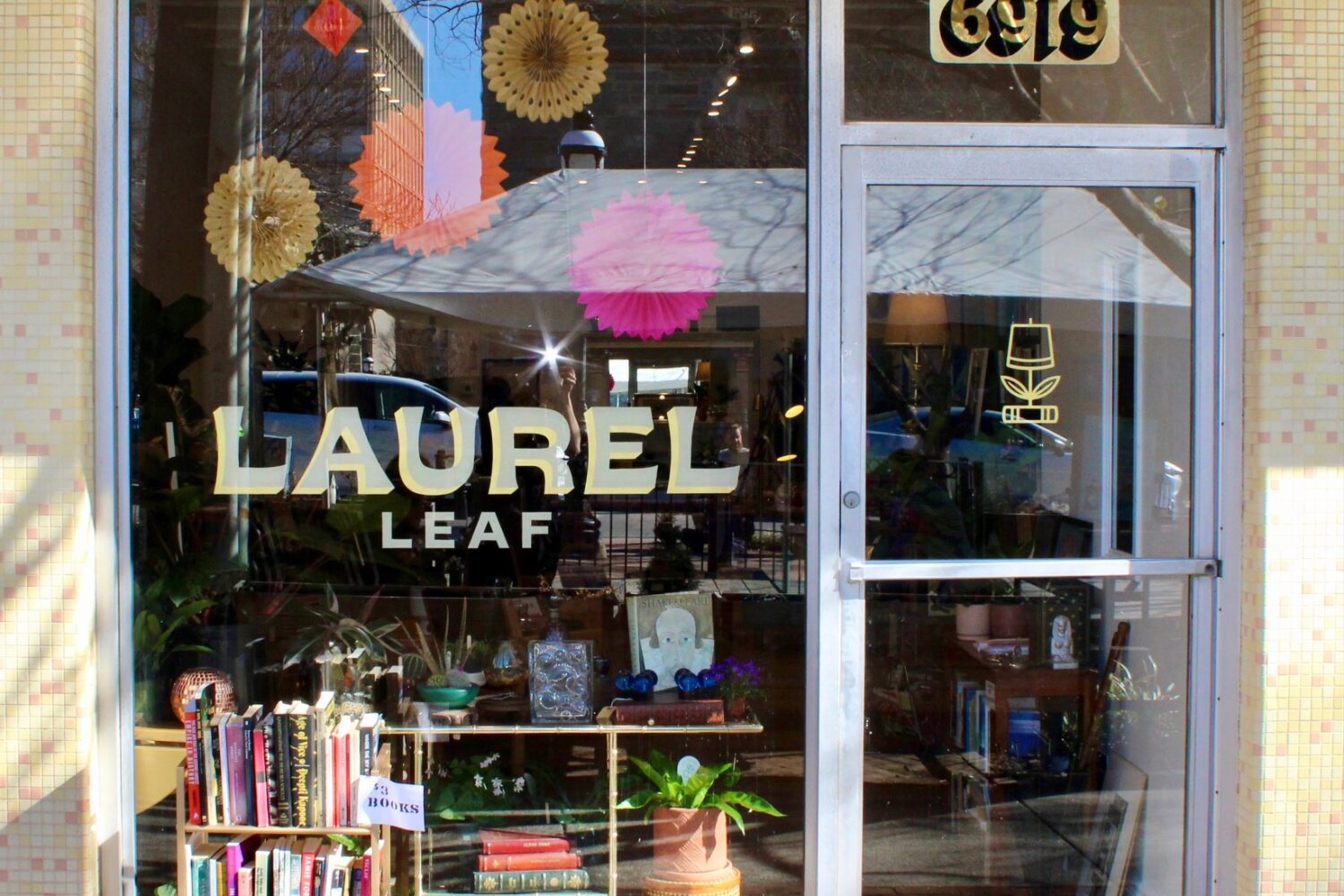Dreamt up in 1997, the Cooper-Hewitt Museum’s National Design Awards honor outstanding achievements in the professional arts world, including architecture, fashion, sustainability, interiors, landscape, product, and graphic design. The winners are selected by a panel of experts and invited to Washington for an initial round of congratulations before the awards ceremony in the fall. Traditionally, the First Lady is the host. In the past, that’s meant a celebratory luncheon with Washington elite.
Much to the delight of the local design community, that wasn’t the case this year. In a for-the-people twist on standard procedure, Michelle Obama sent the recipients into the city before they could start chowing down. Winners were paired according to professional fields, and in a series of five free open-to-the-public lectures, they were given the opportunity to speak about where the design world intersects with the science and technology.
We attended the Corcoran’s Materials and Their Effects lecture, in which Francisco Costa, the Brazilian creative director behind Calvin Klein’s women’s wear, and Calvin Tsao and Zack McKown, the architects responsible for such cutting-edge spaces as Los Angeles’s Museum of Contemporary Art exhibits and Singapore’s SunTec City, represented the winners of the 2009 fashion and interior-design sectors. After individual presentations of their work (including a video fashion show of Costa’s geometric spring collection), the trio sat down with a White House staff member to answer questions on inspiration, working with textiles, and the social necessity of creativity.
Curious to see how the big-shot experience might resonate with a seasoned local arts veteran, we brought Rorschach Theater Company costume designer Deb Sivigny along for the talk. With the Obamas acting on promises to raise arts awareness in the country, Washington’s creative movers and shakers are ready to be recognized as real-time contributors to the area’s professional vivacity, and Deb agrees that it’s an exciting time to be moving in the mix.
Miss last week's lecture? Read on for Deb’s insider take on the talk, including the highs and lows of the lecture, how working with fabric for the stage differs from fashion for the street, and where to go in Washington for clothing-design inspiration and education.

What were your favorite parts of the lecture?
“The interior designer’s inspiration-image set. Rather than talking about it, they showed it. I thought that was great because they’re looking at what’s beautiful, but they’re also looking at what people might perceive as ugly. They’re looking at everything from the mundane to The Simpsons, and they’re using it for ideas for their work. That’s reassuring. I always think if someone is famous and brilliant, then they must use work in a way that I can’t even fathom, but that’s not the case. We all look at the same things, but the difference is the way you internalize and then push it back out—that’s what makes them geniuses.”
Any letdowns?
“I know it wasn’t the point of the lecture, but I wish it had been DC-centric. We’re always bringing in New Yorkers and international figures, and that’s awesome, but where are we? What do we represent? It would have been great if Costa had talked a little more about his relationship with the textiles industry, because I know it’s not a singular process. He’s the representative of Calvin Klein and a genius leader, but I wish he had talked about the team more.”
What did you find useful?
“Calvin said you have to go out and ‘be a sponge,’ so I’m looking at everything when I walk down the street. No judgment, just taking it all in, and then later, maybe I’ll use it and maybe I won’t. Good designers are good filters. Calvin talked about distilling an idea down to its essence. If you can learn how to be a really good filter and know how to edit your design down to something really simple, then you take out the mental clutter. If someone is distracted by a detail in a pocketbook, then they’re not looking at the character, and I haven’t done my job right.”
Why do you think Francisco Costa deserves a design award?
“For his origami fold-out shapes—how they repeat, how they stick. The little pleating work, the detail work. Materials are everything—that was the point of the lecture. Great design is the confluence of material and design, the knowledge of what works. Had he tried to make architectural dresses out of jersey knit, it would have never worked. My biggest enemy has always been gravity. My undergrad costume-shop manager would sometimes look at my drawings and say, ‘This defies gravity! How do you expect it to stand?’ I spent all of my time studying understructure, but Costa’s designs stand without any of it. And again, that’s where it all comes down to materials. In good costume design, fabric isn’t yours until you find a way to make it your own.”
What do you look for in textiles as a costumer designer?
“I look for durability, wearability, and something that won’t make you sweat. Color and scale are the two biggest things I take into consideration. When you deal with fashion, you have natural light. Costa and his team might talk about how something looks under fluorescent office light, but in theater it’s all about created light, a created environment, and that changes how things look. Also, with everyday clothing, the stitches are made to be seen up close, so they have to be perfect. Onstage, you can get away with more.”
Who would win Costa’s category if the National Design Awards were Washington-based?
“I really respect Kathleen Geldard. She and I are colleagues from the University of Maryland, and I’ve watched her career take off in such great ways. I really admire how she puts together color—her combinations are fun yet sophisticated. There’s always a lot of character depth in her work. I’m proud to say I know her.”
Are there any costumes you’re particularly proud of?
“For Titania [a past Rorschach production], we melted eight yards of organza into a skirt and shot it full of holes with a heat gun, which took hours of work. The result—a somewhat crunchy, ethereal, organic shape that was lit from within—is not meant to be seen from four inches away. It’s an example of creating for a larger scale, where everything’s got to look good from 20 feet away.”
Almost half the lecture was devoted to finding ideas. Where do you go for inspiration in Washington?
“Capitol Hill is a fascinating place to people-watch because there are so many fashion accidents. Many of them occur among the interns, who are trying to make an impression but don’t have a lot of money. As for unexpected places that you don’t immediately appreciate, I went on a great tour of the Capitol not too long ago, and there’s art all over that place. Beautiful murals cover the ceilings and walls, and that history is something that you can’t get in New York. You can only get that here.”
And for continued learning in the artistic disciplines?
“The Torpedo Factory has great classes—figure drawing, pottery, video. And they have galleries, so you can see a teacher’s work and then take their class. I love that. If I find the time, I also hope to take a life-drawing class at the Corcoran.”
The National Design Awards aims to promote the importance of creativity in a big way. Give us your take on arts education.
“I lecture in and manage the costume shop at Georgetown University. As a teacher, I hope that I can impart some design and sewing skills, but I mostly hope to see students learn about themselves. There is something about the arts that allows students to develop both self-awareness and a stronger sense of the world around them. And you learn by doing, so costume-design education needs to be hands-on, whether it’s making the drawing or going in and sewing a piece yourself. My student Diane Healy once said, ‘I need it in my muscles,’ and she’s right.”
Interested in checking out some of Deb’s work in action? Living Dead in Denmark, Rorschach Theater’s current production, pays homage to Shakespeare, comic books, and Hong Kong-style action with a comedic imagining of what happens when Hamlet’s Elsinore is taken over by zombies and Lady Mac, Juliet, and Ophelia are brought back from the dead to fight them off. The show opens Sunday, August 2, at Georgetown University’s Gonda Theater. For tickets, click here.
More>> Shop Around Blog | Style | Find a Spa

